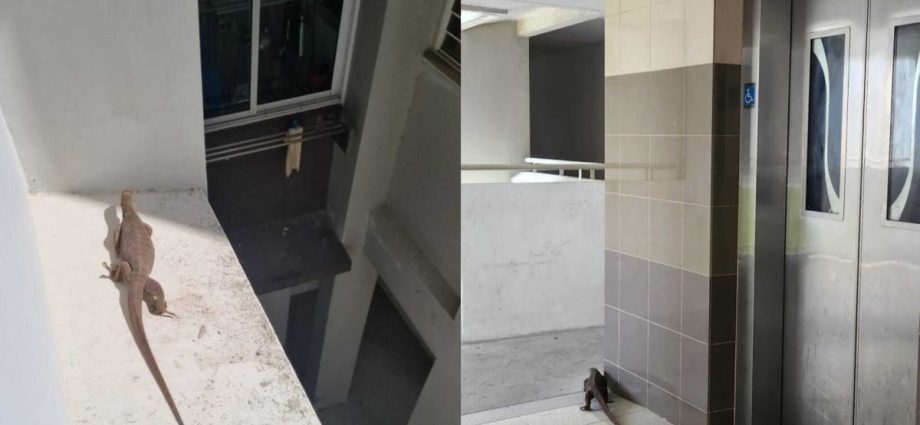
While such animal abuse is abhorrent, it is hardly the first case of human-wildlife conflict, or interaction, in Singapore. Just over a month later, a Malayan water monitor found its way into the corridor of an HDB flat in Bedok North. Thankfully, this lizard was relocated by East Coast Town Council and National Parks Board without incident.
These occurrences are reflective of Singapore’s changing landscape. Pythons, monitor lizards, and many other herpetofauna were historically found all over the island. As urban development shrinks and degrades our island’s natural habitats, these animals venture to built-up areas in search of food.
Reptiles like pythons, cobras and monitor lizards are very timid creatures that usually only strike in self-defence. Snakebites are relatively rare in Singapore, and there are no reports of deaths caused by them since 1995.
Yet, a 2019 YouGov survey of 1,033 Singaporeans found that “reptiles” was the third most reported fear (more than “public speaking”, “ghosts”, or even “death”). Where does this collective fear for these animals come from?
NATURAL TO BE AFRAID OF CERTAIN ANIMALS
This question rang in my head as I considered putting a content warning for my talk. I brought this question to some peers, who run other programmes educating the public about insects and other creepy-crawlies (a term that, as I type it, I realise reinforces negative stereotypes about these beautiful animals).
After a robust discussion, I gained a new way of looking at my dilemma. It is not fair to expect my audience to start at the same place as me, and to impose the acceptance of these animals on a naive population.
Reptiles and insects have evolved alongside us such that their defence mechanisms trigger our natural flight responses. Think of a cobra spreading its hood, or a brightly coloured wasp. It is perfectly natural to be afraid of these cues and react accordingly.

